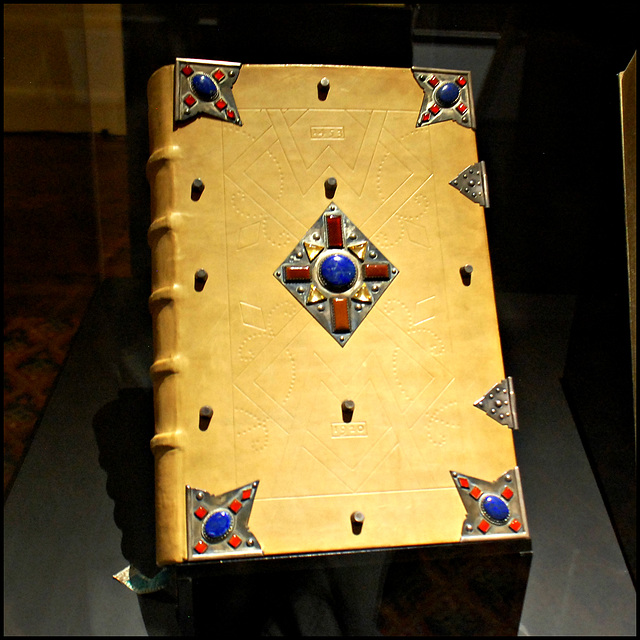Encyclopaedia Britannica: Dictionary
American Dictionary of the English Language - 1828
Relacion Historica~ Junipero Serra
Gobbledygook / Gobbledegook
Rooster & his residence
Rooster & his residence
Wine loving Roman /Greek
AN UNSURPASSED PORTRAIT OF REPUBLIC OF MEXICO
Free sampling
Strike off which is not applicable
1961 Volkswagen Micro bus
There is no choice to strike off...!
Mobile Library of the yore
Sutro Library, SF. CA 1960s
Library desk - Sacramento CA -1904
Office - Secretary of State - 1902
Office - Secretary of State - 1902
To O'Hara from Jack London
The Grapes of Wrath
Before Smart phones
Queue
Pioneer Monument
Newton
Bleak
Wine County
Wine county
Wine picker amidst vines
Grandfather clock
Rider after workout and diet
Safety personnel - I guess
Rider and a wagon
Vineyard
In survivable winter
View of the winery premises
A wise-crack
Warning Signs
Bleak
Tracks
Dusk at Palladio
New Year's Shopping Spree
Coir
Keywords
Authorizations, license
-
Visible by: Everyone -
All rights reserved
-
128 visits
Gutenberg Bible


A spectacular Gutenberg Bible reproduction of Die Zweiudevierzigzellge Bible, Johannes Gutenberg, Mainz 1450-1453 facsimile; Leipzig, Insel-verlag 1913-1914 - 2 volumes
On display a bejeweled facsimile reprint of Gutenberg's 42 lines Latin Bible, the first book printed with movable metal type. The binding is by Emanuel Steiner of Basel and was copies from an original in the Standisch Landesbibliothek at Fulda, Germany. The leather uses in clasps and corners etc., are chased silver and the stones are blue malachite and onyx.
On display a bejeweled facsimile reprint of Gutenberg's 42 lines Latin Bible, the first book printed with movable metal type. The binding is by Emanuel Steiner of Basel and was copies from an original in the Standisch Landesbibliothek at Fulda, Germany. The leather uses in clasps and corners etc., are chased silver and the stones are blue malachite and onyx.
Jean has particularly liked this photo
- Keyboard shortcuts:
Jump to top
RSS feed- Latest comments - Subscribe to the comment feeds of this photo
- ipernity © 2007-2024
- Help & Contact
|
Club news
|
About ipernity
|
History |
ipernity Club & Prices |
Guide of good conduct
Donate | Group guidelines | Privacy policy | Terms of use | Statutes | In memoria -
Facebook
Twitter

“The Gutenberg bible is what a user around 1455 would expect a book to look like. If you want to sell something, you need to make something that your customer will recognize and understand. So Gutenberg produced something that looked just like a traditional book. One of the ways you can tell that it is printed is by looking closely at the ink, which has a very shiny surface. When you write a book by hand, you sue a water-based ink. You put your pen into it and the ink runs off. That does not work if you are printing, because the ink will also run off the press and spoil the page. So one of Gutenberg’s inventions was a ink which was not ink. What we call printer’s ink is actually a varnish, which means that the sticks to its surface and does not run, and that means that it looks different. ~ Page 286
Sign-in to write a comment.